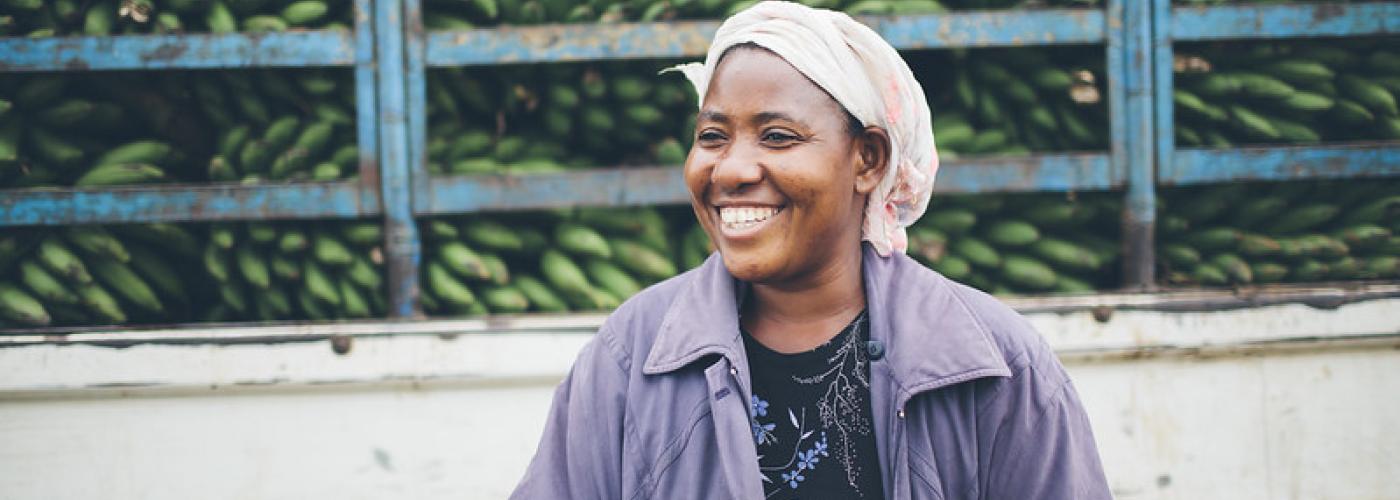Progress Towards a Resilience Lens for Market Systems (Part 2)
Image

This post is the second part of this discussion of market systems resilience (MSR). Read Part 1 for MSR definitional information.
What have I learned so far?
Through this journey of trying to construct good practice for MSR, I’ve learned much. But three things stand out as fundamental:
- Have a Humanitarian at the Table
In the early discovery process of trying to coalesce around some guidance on this topic it was apparent that the development side of the house would have to engage with our humanitarian counterparts if we are to have any hope of getting this right. They’ve been assessing markets in crises for a while and brought some significant insights to the conversation. For example, the timing and frequency of measurement looks radically different from their side of the table. They also have a deeper understanding of a variety of shocks, from rapid onset to protracted crises, and how one shock tends to trigger others in complicated interactions. So, consistent with concepts of resilience at a household level, we need to bring continued learning from both the humanitarian and development worlds into the MSR space.
- We Must Flip Our Assumptions
In the past we usually made the assumption that activity results would be achieved unless there was a market or weather shock. At this point, we all must assume that there WILL be some sort of market system shock or stress during the life of a market systems program and plan for it accordingly. Consider what is most likely to happen. Consider how to incorporate concepts of risk management and mitigation into work with market actors (beyond typical de-risking of market innovations). Asking questions about risk during our usual market actor engagements can surface completely different areas of concern (e.g. out-migration of labor instead of lack of access to finance). Apply a resilience lens in monitoring, evaluation, and learning (MEL) protocols. As we set up MEL systems, do we have a plan in case of a shock? Is there a short version of the monitoring tools for rapid and repeated assessment post-shock and during recovery that will help inform how to proceed?
- Household Resilience Concepts Don’t Always Apply
While we want sustainable poverty escapes for every household, we don’t want EVERY business to survive. A healthy market system must have competitive pressure and a churn of firm entry and exit to inject valuable innovation in the system. As a point of comparison, only a third of small businesses survive ten years in the United States. This complicates our ability to measure. We recognize that truly measuring a market system is more than a summing of its parts, yet for now the best we can do is measure a sample of businesses and use them as a proxy for the market system.
A few of the big questions seeking answers
There are many things we have yet to learn, and certainly there are questions we have not yet even imagined. As our partners help USAID seek answers, laying out clear parameters for what is being examined (MSR to what? For whom?) will help us to categorize and compare what is learned down the road. My biggest questions (today) are:
- How Do We Monitor and Measure?
First, we need to do more exploration with the existing tools to figure out what method works for which contexts. We need to pay just as much attention to stresses as we do to shocks. We’ve seen in some places that stresses seem to be the reason more businesses fail. Second, can one approach to MSR measurement meet both humanitarian and development needs? We don’t know, but let’s find out. If nothing else, our methods should inform each other. Finally, we need to ensure that resilience metrics complement other market system development measurements (e.g., inclusion, market performance, etc.) in a feasible yet ambitious manner.
- To What Extent Do Different Shocks/Stresses Require Different Characteristics?
There is a wide range of risks to a market system: extreme weather events, conflict, export bans, price volatility, pandemics, etc. We have very little evidence to examine if a characteristic of resilience like connectivity is equally important for both droughts and currency devaluations. It seems for efficiency that we should focus on improving the characteristics that matter most in the highest risk scenarios for a specific market system. But we are far from being able to execute that kind of analysis backed by data. Related, how can development actors foster market systems capacities that will improve the options for humanitarian counterparts to engage with local actors during a crisis?
- What Are the Trade-offs?
There are always trade-offs. As market actors make choices about their strategies for resilience, some of those may dampen competitiveness or inclusion - the two other market systems qualities that USAID seeks to enhance. Experience in Honduras, for example, showed that firms were more concerned about mitigating certain risks, even when it hurt their ability to compete in global markets. Does increased MSR have adverse or differential impacts on actors and populations within the market system? What is the right balance of competitive, inclusive, and resilient? How do we begin to unpack these issues and evaluate these trade-offs to inform market actor decisions?
USAID is excited to see how MSR continues to unfold and is eager for our partners to share what they are learning. Advancing good practice to achieve competitive, inclusive, and resilient market systems requires a serious effort to collectively build out this emergent area of knowledge such that applying that resilience lens becomes a default in market systems programming.


